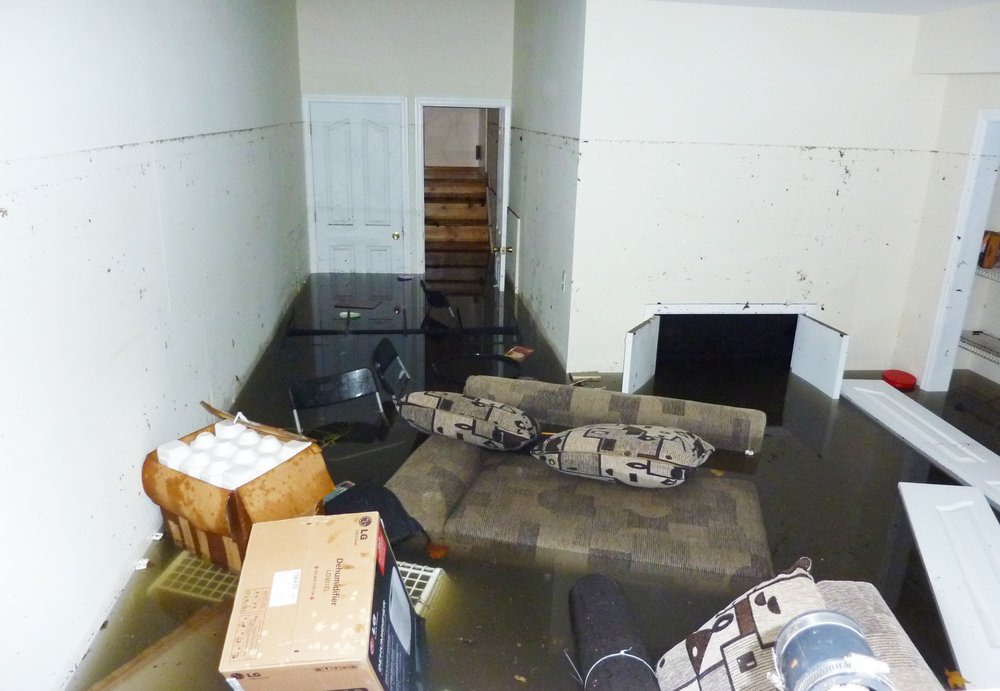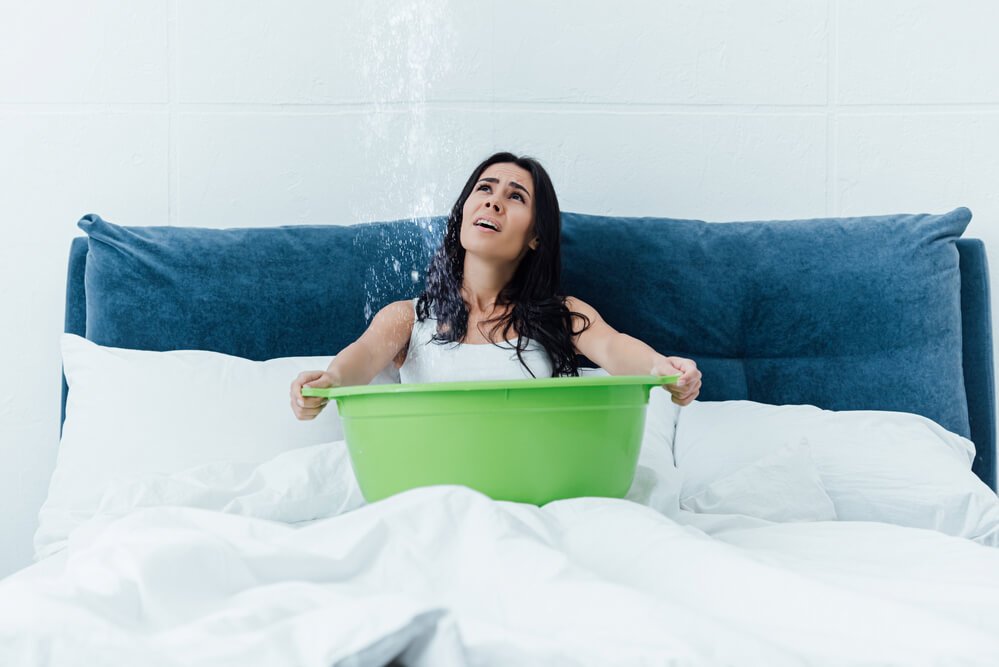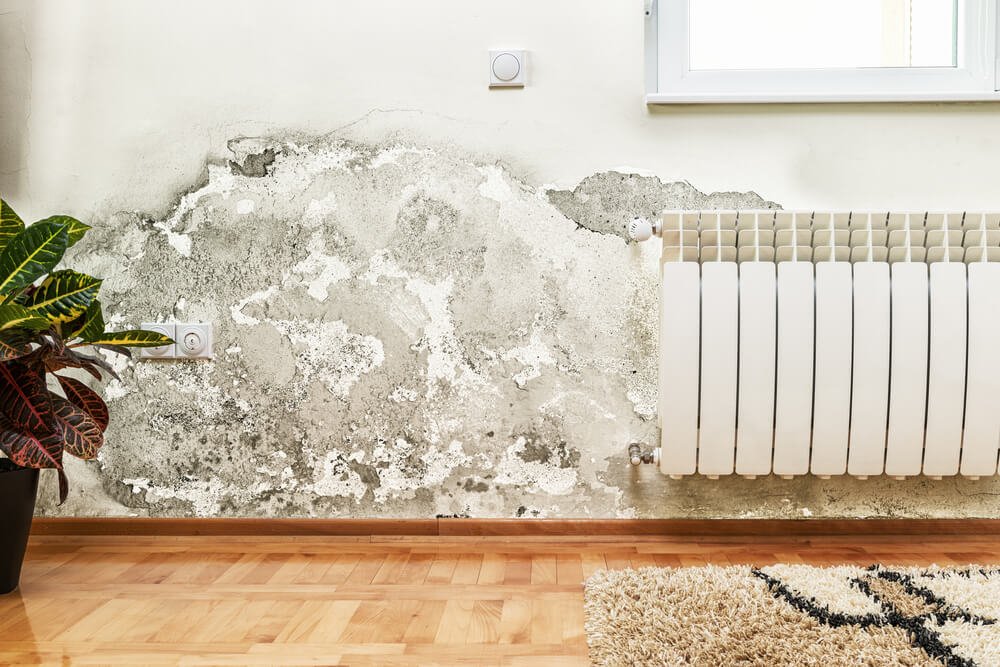
How To Clean Your Basement After Water Damage
Whether from a burst pipe, heavy rain or overflowed sinks, water damage is no joke.
Once you’re sure everyone is safe and unharmed from whatever disaster, the result of water in your basement may lead to a prolonged renovation.
Water in your basement can create a huge mess. It leaves you in stages of drying, cleaning, removing and reinstalling room essentials.
While cleaning up after water gets in your basement isn’t always fun, there are ways you can make it easier.
Here, we share seven things to keep in mind as you work on restoring your basement after water damage.
Minimize Damage By Acting Quickly
Facing the results of water damage can feel overwhelming. But, being able to begin cleaning up as soon as you can after the water source is controlled can reduce the impact of the damage.
Once everyone is safe and the water flow from the pipe, window, wall or whatever source has stopped, get to work.
An article from Houselogic says that the longer the water in your basement sits, the greater the cost it’ll take to clean up.
As you jump into action, Houselogic warns to never ever step into the standing water. First, turn off power in the affected area or call an electrician to prevent electric shocks. Respond quickly and be smart.
Respond Regardless of Water Height
It may be tempting to think that if you have a little water in your basement, it’ll just evaporate and dry out over time. An article from BMS CAT, who specializes in water damage restoration in Chicago, notes that whether you have an inch of water or just damp carpet, mold can begin to grow and spread rapidly.
And mold can cause a whole host of problems including damaged walls, furniture, foundation and harm the air quality in your home. Don’t mess around with mold. Get to cleaning even if your floor is just damp.
Call Your Insurance
If you have flood insurance, get in contact with your agent right away if the water is severe enough.
Letting your insurance provider know your situation will help your claim and get you the help you need as soon as possible.
For your insurance claim, you’ll also want to take photos of all areas of the water damage in your basement. If insurance adjusters don’t come out and do this on their own, these photos will go with your case and help get you the relief you’ll need.
Consider Contacting A Professional
If your water damage is severe enough, you may not be able to manage it all on your home. A trustworthy home restorative service can make sure the clean-up process goes smoothly. They’ll ensure any mold or structural damage is taken care of.
However, much of the time, there are easy steps you can take to address water damage on your own and at a much lower cost.
Remove the Water
Before you can begin addressing the potential damage the water left behind, you’ll need to get the water out of your basement. But first, make a decision if it’s worth it to keep whatever flooring is affected. There are a few ways you can get water out of your flooring or carpet.
You can use towels, buckets, and mops to lift up as much water as you can. You can also use a wet/dry vacuum to suck up the water. However, be very careful in using the electricity and don’t use an extension cord. Any water that’s around can short out the vacuum and give you a painful shock.
If the water level is extreme, Susan Keenan from doityourself suggests using a portable sump pump. A sump pump can be attached to a hose for easy draining.
Dry It Out
Once you’re able to get the majority of the water up, it’s time to start drying out the area. First, if you’re able, open up any doors or windows in the room to let the area air out.
Gather up your fans and dehumidifiers and create enough airflow around the room to dry it out effectively and quickly.
If you’re drying out carpet, be sure not to let it sit in any water around. If anything is still sitting in water, the potential for mold is greater.
If you have a finished basement with drywall, make sure you address your walls as well. Wet drywall has the potential to crumble and be a feeding ground for mold. Dry it out thoroughly or replace it as soon as you can.
Throw Out What You Can’t Save
If your blankets, stacks of books, favorite board games and other things you store in your basement can’t be saved from the water, throw them out. Keeping moldy, water-damaged items encourages the mold to spread to other areas.
Remember you have the option to replace those items lost in your water damage experience.
Experiencing water damage is a frustrating hassle. But with these simple tips, you can begin the process of restoring your basement quickly and as painless as possible.
You never want to have water damage. But when unfortunate weather events hit or pipes burst, you can be ready to jump into action to clean your basement effectively.








